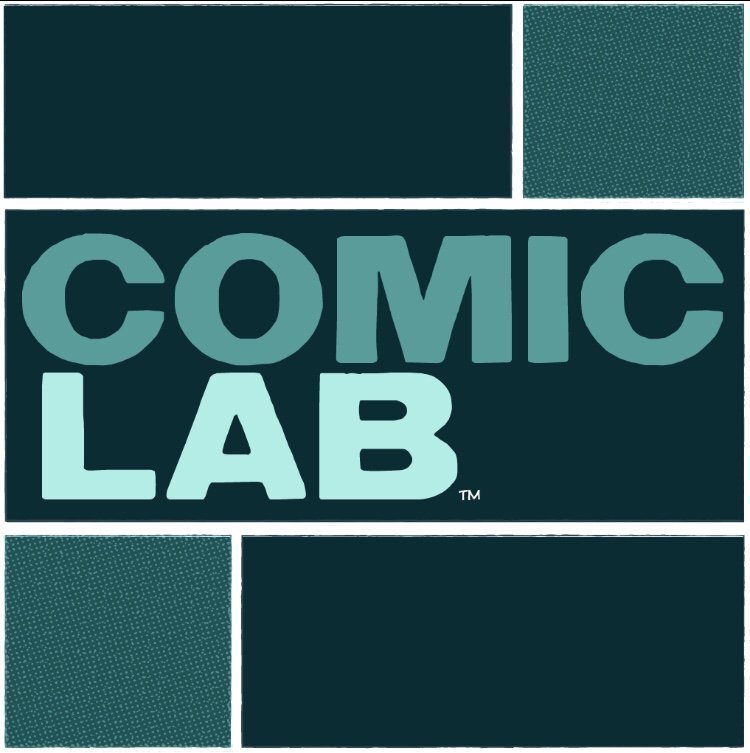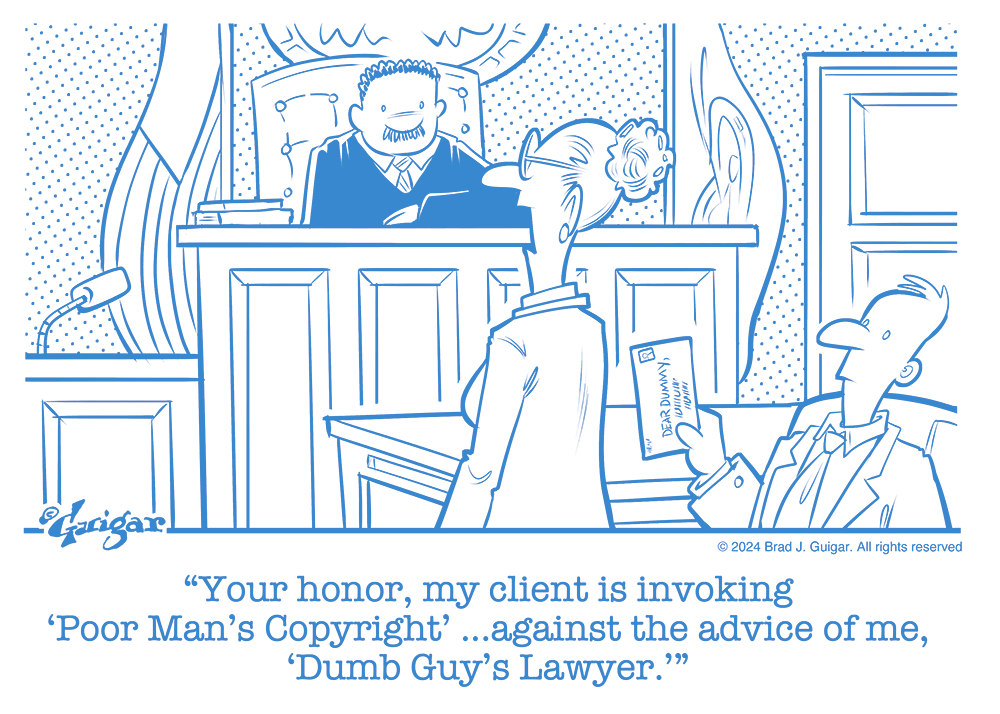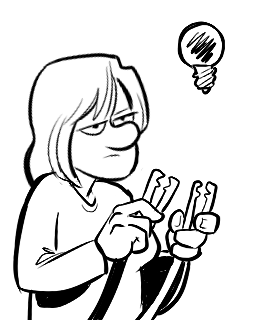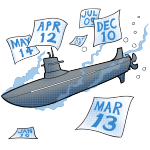Best of Webcomics.com — April 2018
Last month was an excellent example of the tremendous value offered by a subscription to Webcomics.com. My readers got early alerts on issues that would impact their businesses, helpful tutorials, insightful analysis, and meaningful feedback on their work. Here are some samples of what you may have missed…
What if I told you the algorithm is your friend?
We all hate the Facebook algorithm. Why? Because it keeps our messages from going out to all of our followers.
What if I told you that the Facebook algorithm — in fact, most social-media algorithms — was your friend. What if I told you it was an ally? What if I told you it was even more than that? Would you think I was crazy?
Pull up a chair.
Eisner Nominees Announced
The 2018 Eisner Award nominees have been announced. Here’s the entire list. Of special interest are the nominees for Best Digital Comic and Best Webcomic.
ComicLab Ep 18 — Comics awards, pen names and warm-up sketches
Beginner cartoonists — Stay off social media
“How do you study to improve and how do you fit that study into your schedule?”
That was the tweet of a cartoonist who was trying to figure out how to find more time to learn the craft. I checked his Twitter feed from earlier that day. They had posted twentytweets that day alone — counting replies to tweets, that number went much, much higher.
Earlier this month, I was actively promoting a Kickstarter, my Patreon, my comic, two podcasts, this website, and god-knows-what-else (making sure I was covering each of the Three Cs…). During that time, I rarely came close to 20 tweets in a day.
This person has the time to devote to learning comics, they’re just not using it.
Kickstarter strategy — The Add-On
Forget the Stretch Goal. The Add-on is where it’s at! I was a huge fan of this strategy before, and now that I’m using Backerkit, I’ve been able to use it to tremendous advantage.
BuyMeACoffee app — Instant coffee
A Webcomics.com member posted rather excitedly about his experience with the BuyMeACoffee app.
It took me about twenty minutes to set up and place link buttons on my sites. Without saying anything to anyone I got my first tip within 12 hours.
“Without saying anything to anyone I got my first tip within 12 hours.” That’s impressive as heck! Then another member chimed in saying that he had been encouraged to register an account with the app. And the next day, he posted a follow-up: “DING! Someone just ‘bought me a coffee’ today!”
Getting that kind of immediate action is tremendous. Hearing about it happening twice within the Webcomics.com community got me wondering, though.
Then, I started doing some very simple social-media searches. What I found made my jaw drop…
Trending Hashtags and Writing prompts
Many of us are striving to become better writers.
And many of us are pushing to improve our reach on social media.
Here’s one way to kill two birds with one stone.
Tax advice
Today is the tax deadline. You must file your federal income tax return today (along with any state and local taxes that are due).
But what if you owe money and can’t pay? Don’t make a bad situation worse. This could end very badly if you handle it improperly.
It’s understandable.
You’ve gotten into a bad situation — you owe taxes but can’t pay. But don’t make it worse by avoiding the filing deadline. There’s a right way and a wrong way to handle this situation…
How Losing Followers Helps You Gain Success
I knew I had touched a nerve when I tweeted a conversation I had earlier with a fellow cartoonist…
The response was a groundswell of support. So let’s drill down on the subject…
Patreon prep
As crowdfunding takes an increasingly dominant role in webcomics revenue, more and more independent creators are turning to tools like Patreon to fund their work. But launching a Patreon page can feel daunting. Here are some steps you can take to ensure that you’re starting out on the right foot.
Understanding Curation in Social Media
“I’ve been trying to do the whole Curating thing like you’ve been saying (primarily on Facebook), but I haven’t noticed any difference.”
That was the comment from a webcartoonist who was struggling to get traction on social media with their comic. When I looked at their Facebook page, I realized that we needed to have a discussion about two topics:
- Understanding Curation better
- Understanding the WHY
With their permission, I’m going to share some of our conversation because I think it points to some universal misunderstandings about how social media works.
Kickstarter strategies that get results
Managing a successful Kickstarter campaign boils all down to planning. The time you spend in the weeks (and months) leading up to the launch can help ensure you hit your goal. So, let’s talk about Kickstarter strategies that really work well…
Hashing out #hashtags
I loathe hashtags.
To me, there’s no quicker way to firmly establish your amateurishness — your desperation— than to end a social-media post with a long string of generic hashtags. There are a few exceptions. Instagram, for example, seems to make hashtags a requirement. But even then, conventional wisdom says that more than seven hashtags will get penalized by the app’s Facebook-influenced algorithm.
But as I scroll down my various social-media feeds, I realize that it’s really not hashtags themselves that bug me. Rather, it’s the unimaginative, lazy, knee-jerk way that we webcartoonists tend to apply them.
So, let’s talk about how we can up our #hashtag game.
Mailbag: How do I market my webcomic?
Q.: I’ve started a Wix site for my webcomic but I’m a bit stumped when it comes to getting views on my website.
I’ve already filled out the SEO stuff (limited as it is for a free site) so I can’t do much more there. And added some social media buttons.
I’d like some ideas on how I can get views or where and how I can advertise to get views.
A.: There’s not a webcartoonist alive who doesn’t ask themselves that question. Heck, I would imagine it applies to any creative profession. It’s one of our very few Universal Sentiments.
But it’s a mindset that misses an important point, and until you understand it, I think it’s going to hold you back.
What I think you’re missing is this: You’re already getting new readers. Every day. The question you should be asking yourself is whether you’re keeping the new readers you doget. And if that answer is no, you have to take a long, hard, objective look at why that is. If you think your comic is good — and if you’re not keeping new readers — then maybe it’s not as good as you think it is.
https://www.webcomics.com/articles/art/mailbag-how-do-i-market-my-webcomic/





















